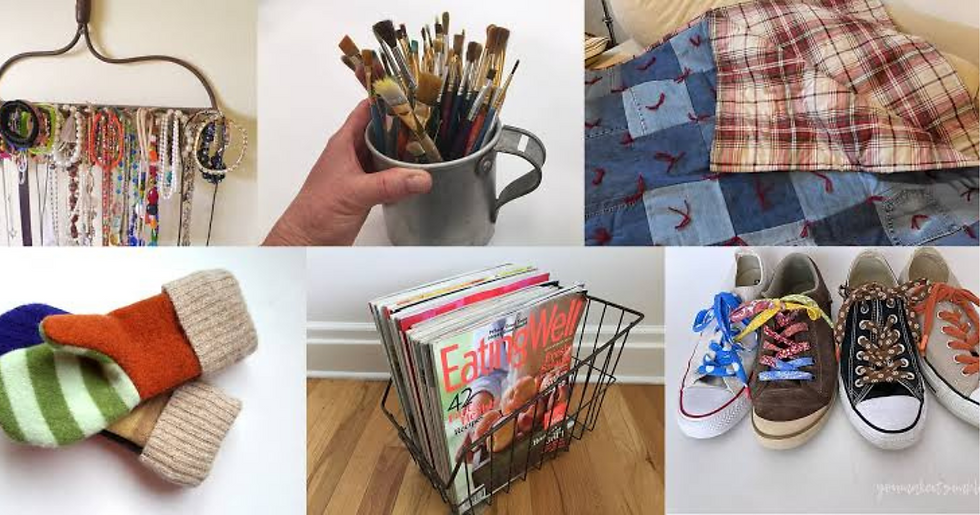From Trash to Treasure: The Art of Upcycling in Reducing WasteIn a world increasingly burdened by
- Youth for Environment in Schools Organization YES-O
- Nov 28, 2023
- 2 min read
In a world increasingly burdened by waste, the art of upcycling has emerged as a beacon of creativity and sustainability. This transformative practice takes discarded items and breathes new life into them, turning what was once considered trash into valuable, functional, and often beautiful products. In this exploration, we delve into the world of upcycling, showcasing its creative and practical aspects as a powerful tool in the fight against waste.
Redefining Waste

At the heart of upcycling lies a fundamental shift in perspective – a redefinition of waste itself. Items that would typically find their way to landfills become the building blocks for innovative creations. Whether it's old furniture, discarded textiles, or seemingly useless packaging materials, upcycling encourages us to see potential where others see only disposability.
Creative Revival of Discarded Items

The essence of upcycling lies in the boundless creativity it unleashes. Artists, designers, and DIY enthusiasts alike are turning old pallets into stylish furniture, repurposing glass jars into elegant light fixtures, and transforming denim scraps into fashionable accessories. These projects not only showcase the artistic talent behind upcycling but also inspire others to see the artistic potential in items that might otherwise be discarded.
Functional and Practical Applications

Beyond the aesthetic appeal, upcycling is inherently practical. Discarded materials find new life in functional and utilitarian products. Upcycled furniture, for example, can bring character to spaces while simultaneously reducing the demand for new raw materials. The transformation of old doors into tables or wine barrels into chairs demonstrates how upcycling can merge form and function seamlessly.
Environmental Impact

The environmental benefits of upcycling are substantial. By diverting items from landfills, upcycling reduces the strain on waste management systems and decreases the need for new resource extraction. This, in turn, lessens the environmental footprint associated with the production and transportation of new goods. Upcycling becomes a tangible way for individuals and communities to contribute to a more circular and sustainable economy.
Community Engagement and Empowerment

Upcycling is not only an individual endeavor; it's a communal and empowering practice. Community workshops and upcycling events bring people together, fostering a sense of shared purpose and environmental stewardship. The collaborative nature of upcycling initiatives strengthens social bonds, while also providing practical skills that can be applied in everyday life.
Educational Value

Upcycling serves as an educational tool, challenging conventional notions of consumption and waste. It prompts critical reflections on the lifespan of products and the environmental impact of our choices. Through upcycling projects in schools and community centers, individuals of all ages can learn about sustainable practices in a hands-on and engaging manner.
A Call to Action
As we navigate a world inundated with waste, upcycling emerges as a tangible and accessible solution. It calls upon us to be mindful consumers, to reimagine the potential of discarded items, and to participate actively in reducing our ecological footprint. The art of upcycling transforms the act of discarding into a creative endeavor, reminding us that in our hands, what was once considered trash can truly become treasure.




Comments